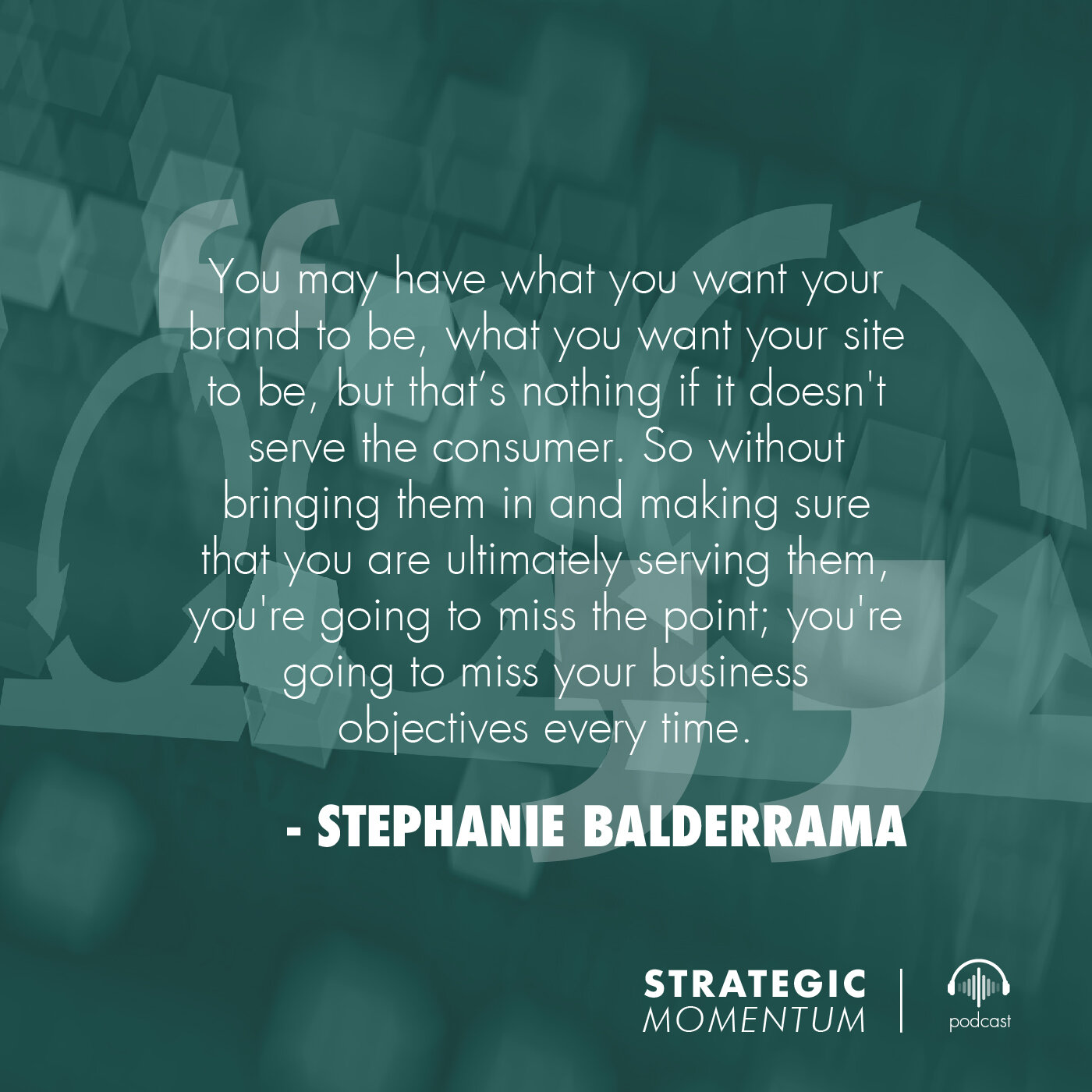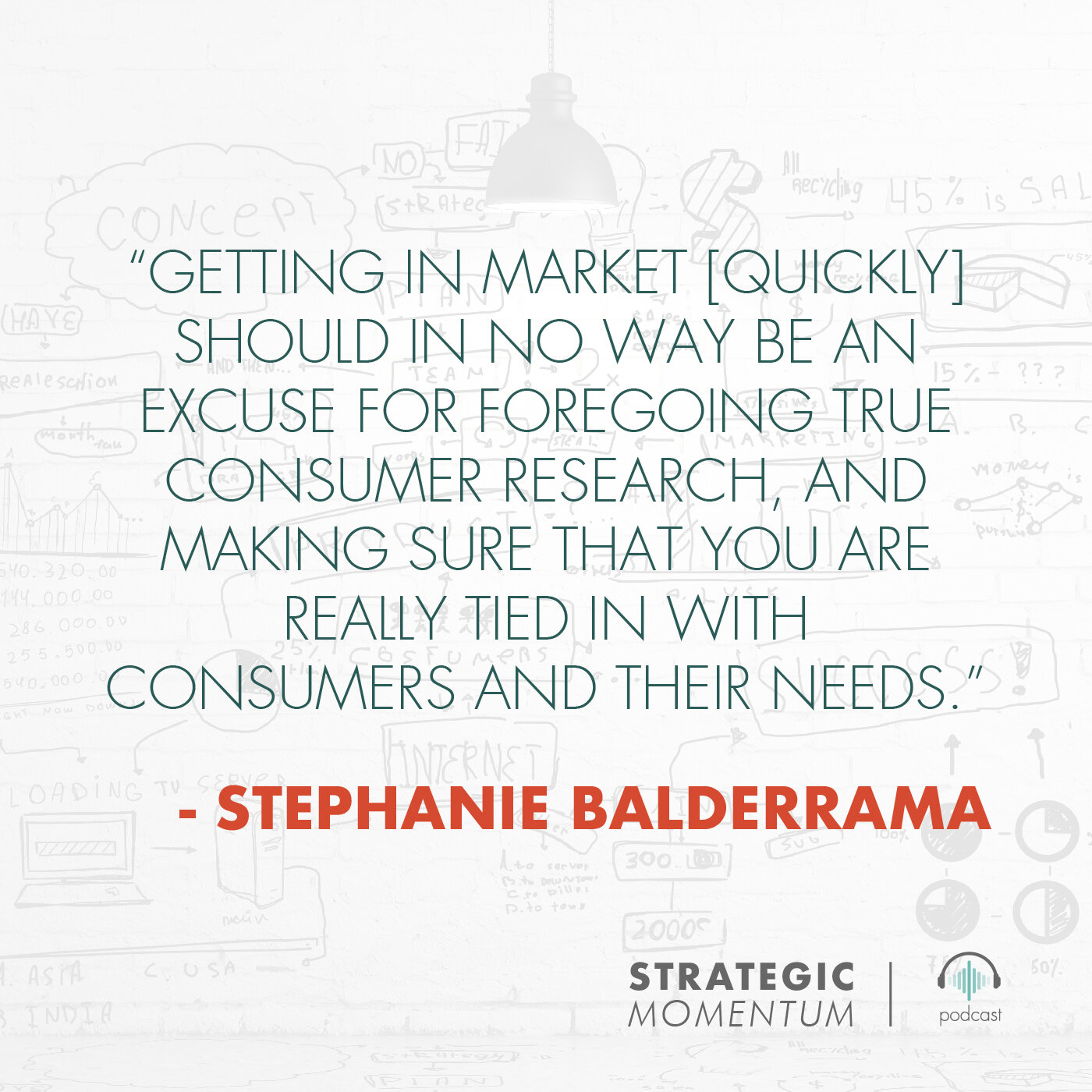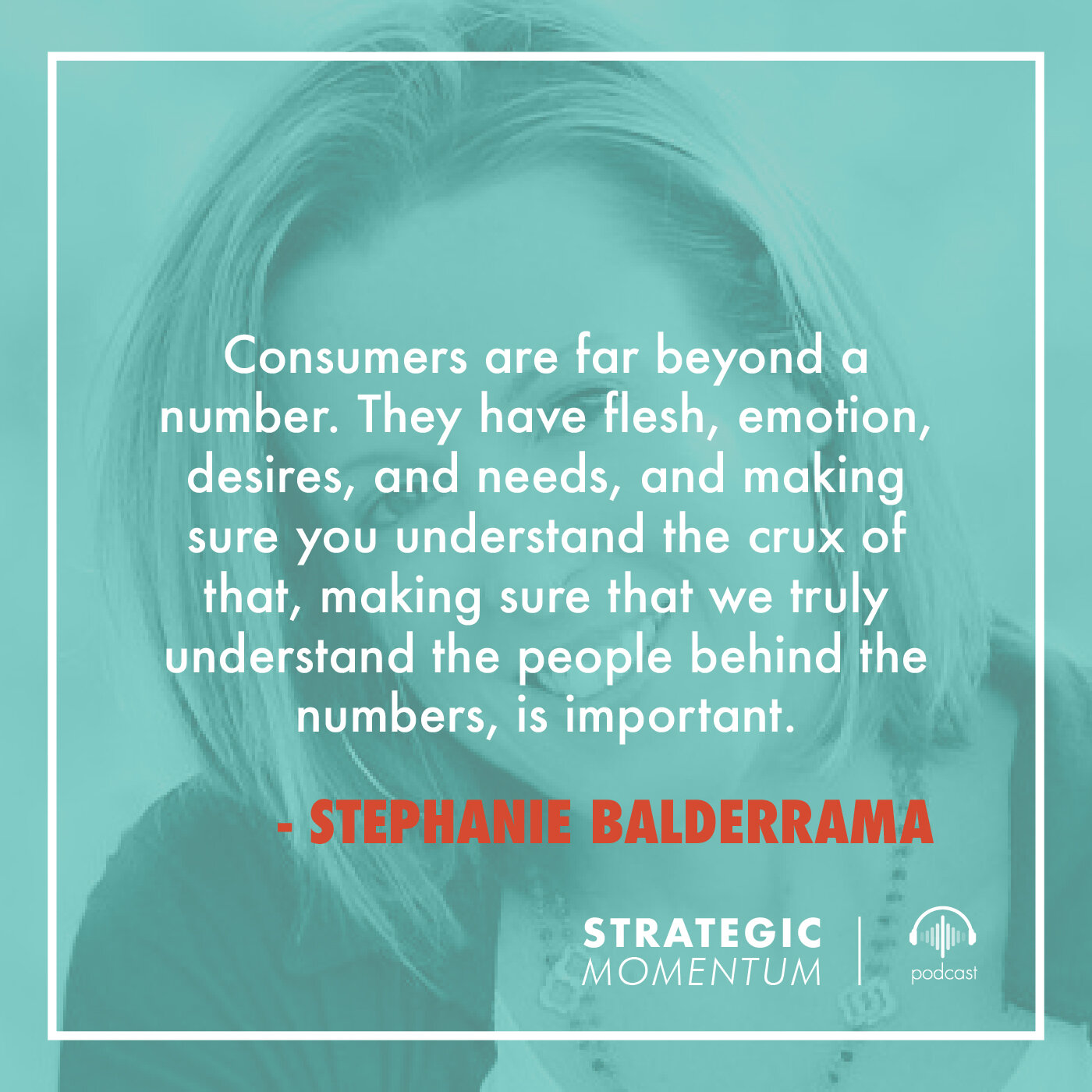Ep. 21 - Rethinking Research: Taking an iterative approach to get the perspective of ever-evolving consumers - with Stephanie Balderrama
Find Us Wherever You Listen To Podcasts
Technology is giving consumers more options and power than ever before – and as a result, businesses need to stay on top of what they want, need and how they behave in order to create those experiences that align to their needs.
If you don’t, they’ll move on to another company that can keep up and offer something they DO want.
Stephanie Balderrama, President of Consumer Insights Group, has been on the forefront of understanding technology’s impact on consumer behavior since the early days of the internet. And she’s seen the need to evolve traditional research approaches to adapt to these rapidly changing behaviors.
She shares how businesses are still struggling with research today, especially large brands, and what your organization can do to get a better understanding of your customers, particularly in today’s agile environments.
Innovation Through Iteration
Working as Director of Market Research at AOL for more than a decade, Stephanie saw first-hand as traditional consumer research methodologies became too slow and inaccurate to be effective.
“That very traditional market research approach really wasn't fitting well at AOL … Research was becoming kind of the cog in the wheel, instead of the fluid that kept things going.”
To keep things moving at a rapid pace, Stephanie was compelled to develop new research approaches. She spent years designing and fine tuning methodologies to get that constant touch point with the consumer, which is now what people describe as an iterative approach.
The iterative methodologies weren’t just more efficient from a timing and cost standpoint – they were also getting more timely and actionable data.
Marrying “What” and “Why” to Achieve Business Objectives
What can you do to make your research and marketing strategy more effective?
Stephanie’s advice is to take a step back and make sure you truly understand your target audience: what they're doing, what platforms they're using, why they're using them, when they're using them, and how you can be a part of that. And that doesn’t happen with doing only a big quantitative study. You need to see for yourself the alignment between their “mental reality and the physical reality.”
“You may have what you want your brand to be, what you want your site to be, but it's nothing if it doesn't serve the consumer. So without bringing them in and making sure that you are ultimately serving them, you're going to miss the point. You're going to miss your business objectives every time.”
Key Takeaways:
You have to understand the people behind the numbers, and you can’t base your learnings off of what they are cognizant of because they are not always aware of what is truly driving their behavior or needs.
That’s why it’s important to marry the what and why using quantitative and qualitative studies – No one study can rule them all as perceptions don’t always align to actual behavior
Reconsider your research approach: go small and broad VS big and deep; multiple quick hit studies that marry qual and quant instead of one, huge study.
It gives you a broader perspective because you will get insights from multiple lenses. And that will help you to be better educated on the topic you are trying to solve for
There are benefits to taking an iterative approach because you can get to market quickly. But you can’t trade time to market for something that isn’t methodologically sound; you can’t opt for Survey Monkey over an expert. Otherwise, you run the risk of putting garbage data in and getting garbage results out.
There is a time and place to do self-service research, but again, you do need to make sure you have a research expert involved.
Make sure what you put in front of consumers has a clear reason for being – be intentional.
Observe your customers, understand what they do, watch them struggle, learn why they’re confused, and hear their needs. No report or survey results can replace that.
DOWNLOAD THE EBOOK
Get the key insights and advice from this episode in a PDF presentation.
Resources:
Learn more about Consumer Insights Group at CIGresearch.com
Connect with Stephanie on LinkedIn
Subscribe to the Strategic Momentum podcast:
On Stitcher Radio
On Spotify












